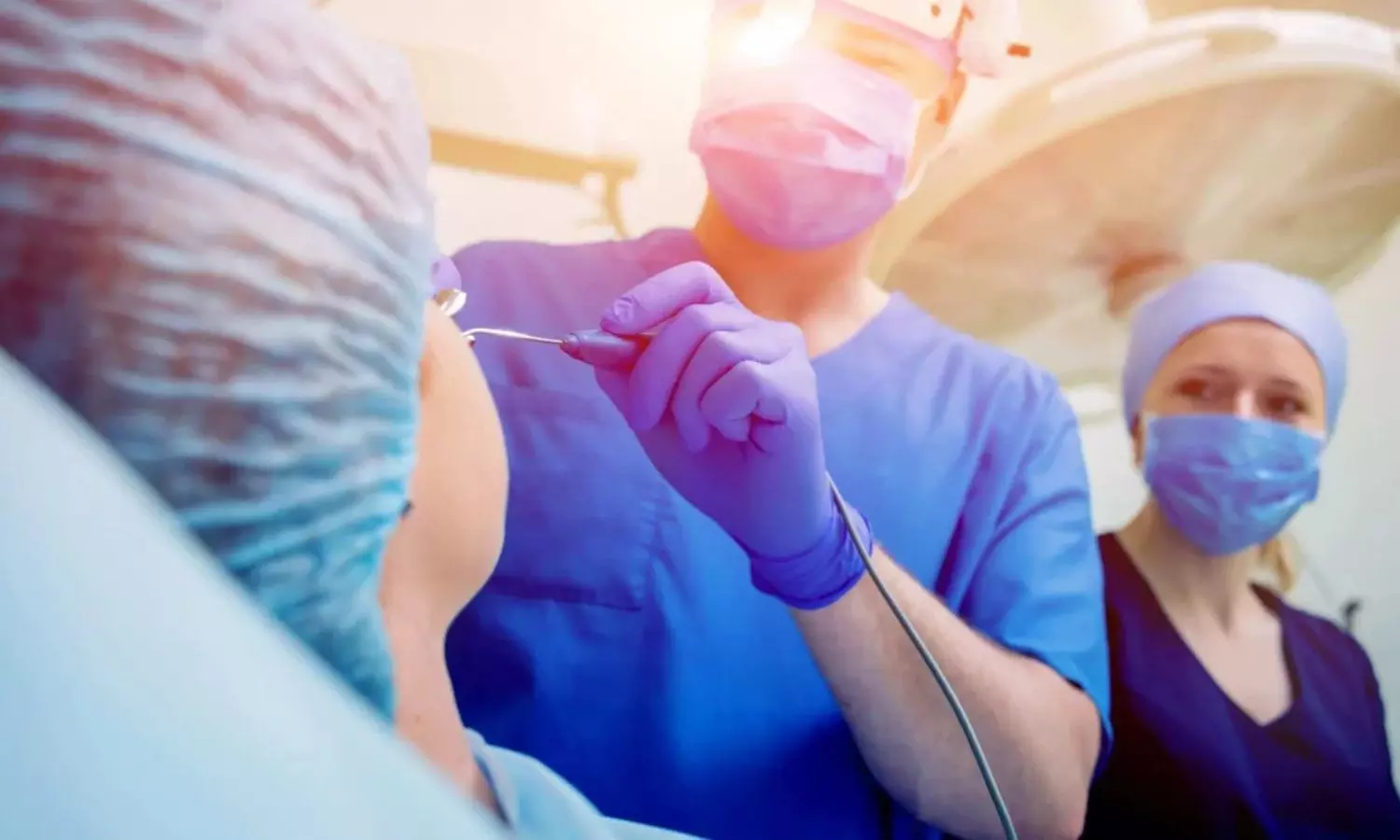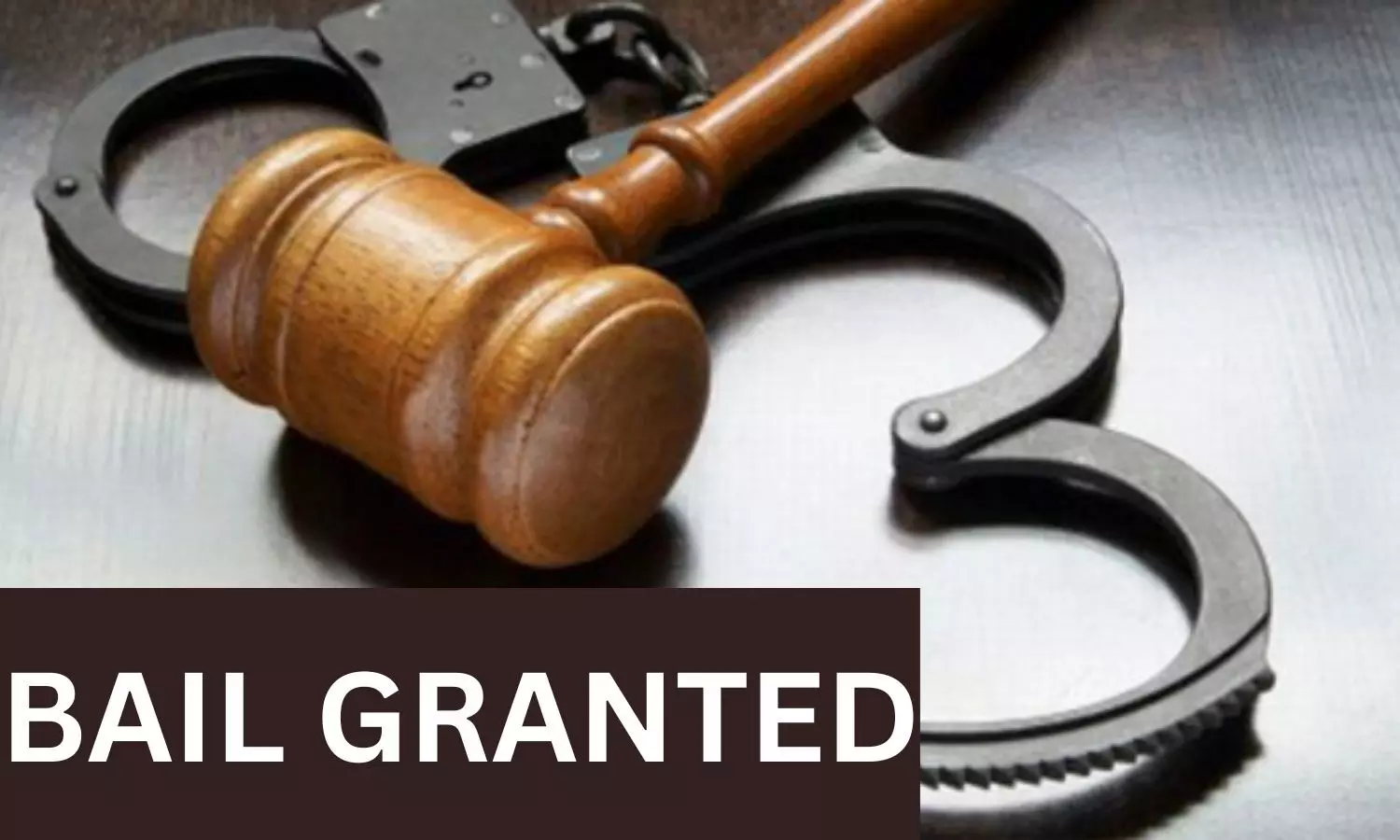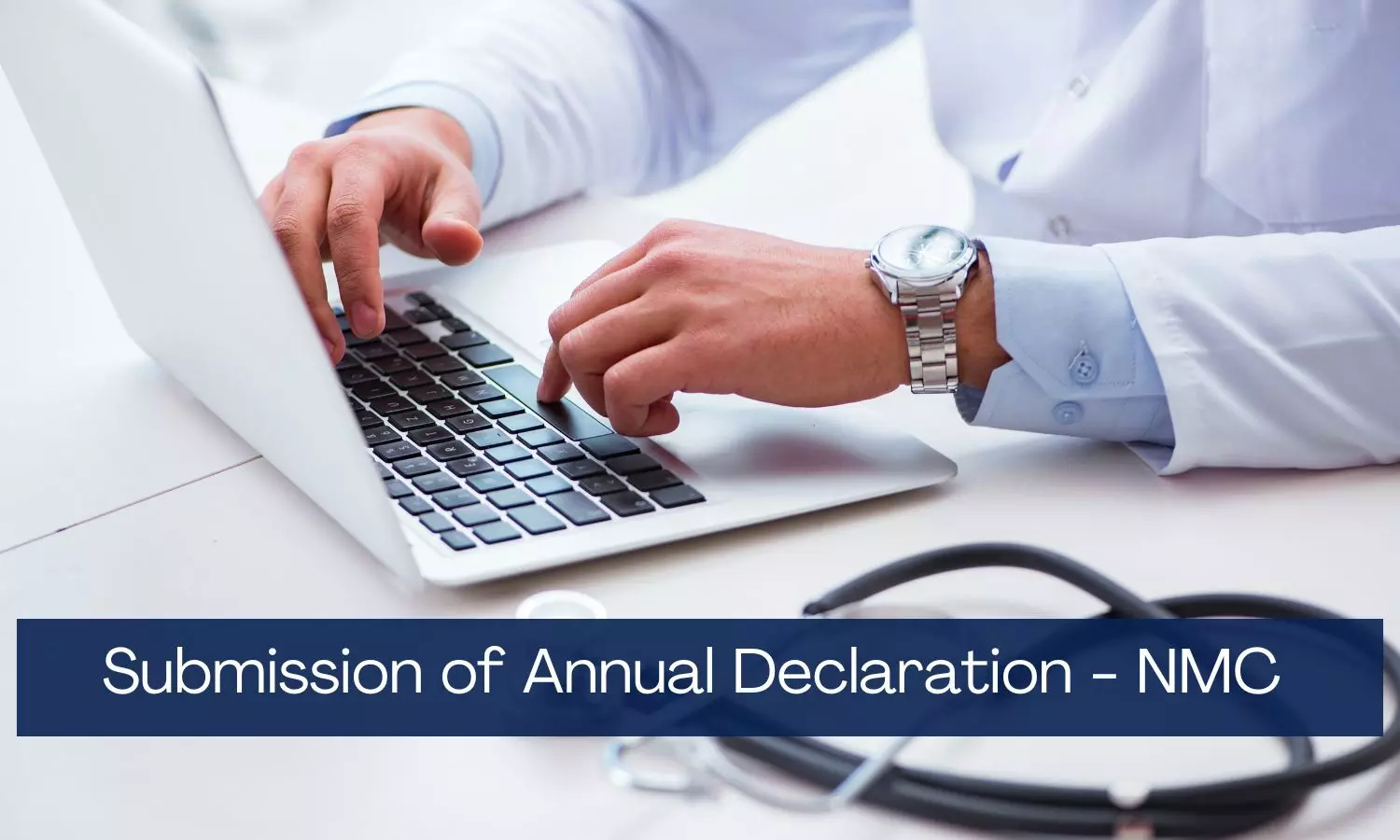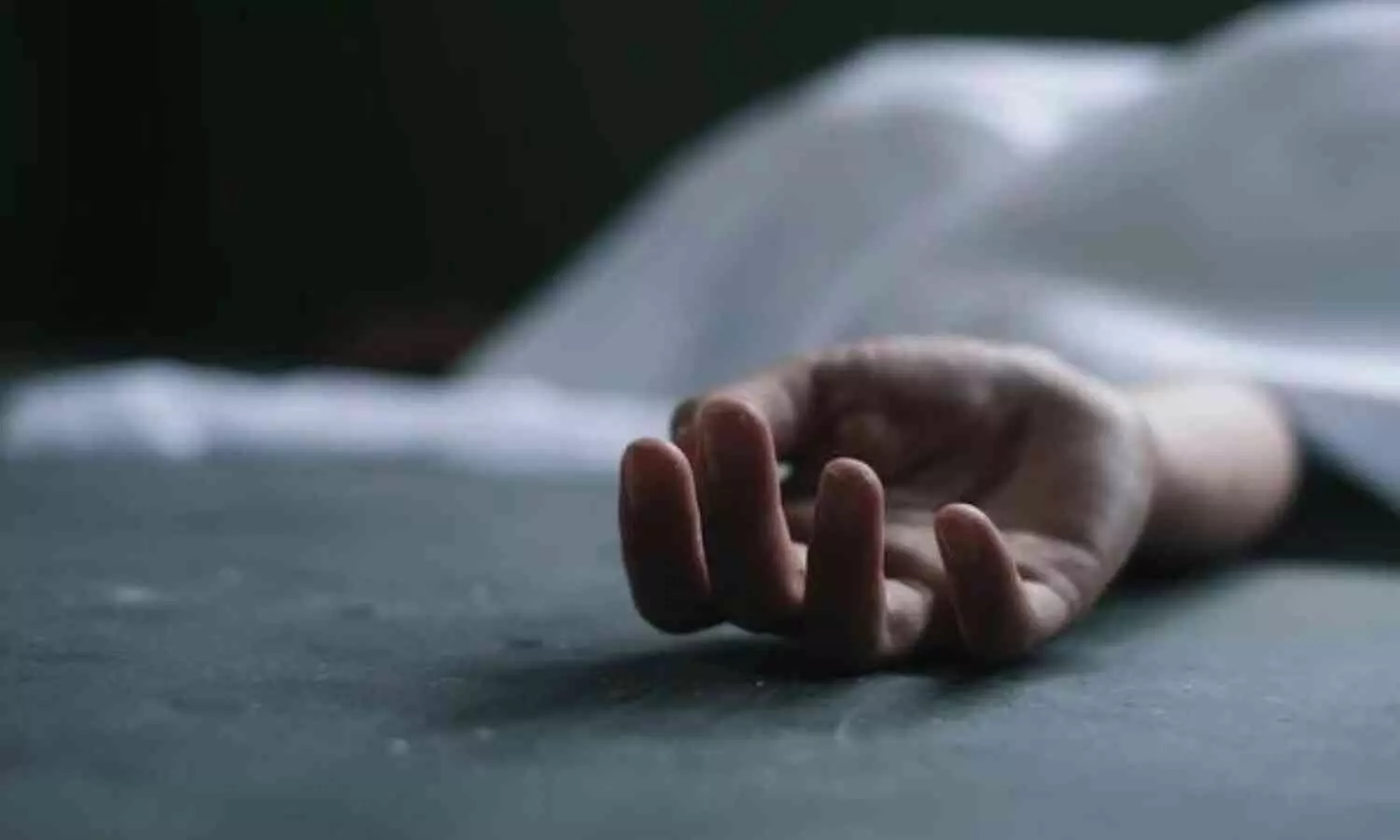Ultrasound-Guided Radiofrequency Ablation Shows Promise for Treating Aldosterone-Producing Adenomas: Study

A recent study suggests that ultrasound-guided radiofrequency ablation (EUS-RFA) may be an effective and safe treatment option for aldosterone-producing adenomas (APAs). No cases of gastric or adrenal puncture were reported among patients, and most achieved either complete or partial biochemical cure following the procedure. The trial, which was performed in three UK centers, demonstrated that this method resulted in biochemical or clinical improvement in a high proportion of patients, with no serious complications. This study was conducted by Guilia A. and fellow researchers published in The Lancet journal.
Unilateral APAs are potentially treatable causes of hypertension but often necessitate adrenal vein sampling (AVS) and laparoscopic adrenalectomy, both invasive procedures that are not appealing to many patients. Because the left adrenal gland is close to the stomach anatomically, investigators sought to determine whether EUS-RFA a method that uses a fine-needle catheter under the guidance of endoscopic ultrasound could provide localized thermal ablation without damaging surrounding organs or the remainder of the adrenal gland. The objective was to assess this adrenal-sparing strategy for safety and possible efficacy in lowering hormone overproduction and blood pressure levels.
This feasibility study enrolled 28 participants between February 2018 and February 2023 in three UK centers. Patients eligible were 18 years or older, diagnosed with primary aldosteronism according to Endocrine Society criteria, and had PET-CT or AVS-documented left-sided APAs. Molecular imaging was obtained twice—diagnosis once, and post-treatment to evaluate ablation once. With a 19G radiofrequency ablation catheter, all APAs were ablated in short bursts of 10–20 seconds under ultrasound guidance in real time. Safety, in the form of serious complications 24–48 hours following the intervention, was the main outcome. Secondary outcomes comprised decreased PET-CT uptake, improved aldosterone-to-renin ratios, and improvement in blood pressure after 6 months.
Results
-
Of the 44 screened individuals, 28 were enrolled—21 men (75%) and seven women (25%), with a mean age of 57.7 years.
-
Racial distribution included 16 White (57%), 11 Black (39%), and one Asian (4%) participant.
-
A total of 35 ablations were performed, with seven patients requiring two sessions.
-
All APA nodules seen on PET-CT were identified and treated. Critically, none of the serious adverse events listed prior to the procedure (e.g., hemorrhage, infarction, or organ perforation) were seen after the procedure, suggesting a high degree of procedural safety.
-
By 3 months after treatment, localized decrease in radiotracer uptake in the treated adrenal nodules was observed.
-
Biochemical cure or partial cure—defined by normalization or improvement in aldosterone-to-renin ratio—was observed in 21 of 28 subjects (75%, 95% CI 55–91).
-
Clinically, 12 patients (43%, 95% CI 24–61) had complete or partial remission of hypertension.
-
In four instances, the APA entirely resolved on imaging, and these patients had blood pressure less than 135/85 mmHg without any antihypertensive medication.
EUS-RFA was a safe, adrenal-sparing alternative to the conventional adrenalectomy for the treatment of left-sided aldosterone-producing adenomas. With a large majority of patients obtaining biochemical and clinical improvement and even some of them being fully cured this new technique can transform the treatment of primary aldosteronism.
Reference:
Argentesi, G., Wu, X., Ney, A., Goodchild, E., Laycock, K., Lee, Y.-N., Senanayake, R., MacFarlane, J., Ng, E., Kearney, J., O’Toole, S., Salsbury, J., Carroll, N., Gillett, D., Tadross, J. A., Marker, A., Godfrey, E. M., Goodchild, G., Bestwick, J. P., … FABULAS study group. (2025). Endoscopic, ultrasound-guided, radiofrequency ablation of aldosterone-producing adenomas (FABULAS): a UK, multicentre, prospective, proof-of-concept trial. Lancet, 405(10479), 637–647. https://doi.org/10.1016/S0140-6736(24)02755-7
Powered by WPeMatico




